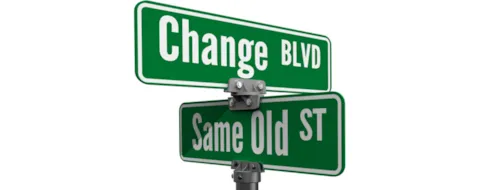Can a company really measure its own safety culture?
As the oil and gas industry becomes increasingly comfortable with the concept of ‘Safety Culture’, the term is no longer reserved for the exclusive use of safety consultants or academics.
By Natasha Perry, DNV safety culture specialist:
In fact, a wide variety of people within the industry now freely use the term to describe and explore the way organisations manage safety and respond to risk. It is therefore not surprising that companies are looking less to external consultants to help them assess their Safety Culture, and more to themselves to carry out their own internal Safety Culture evaluations.
In January 2015 DNV embarked on a project to assess its own Safety Culture to understand more about why a series of undesirable events had occurred and to develop interventions that would help put a stop to them. However, in reality, was this a wise idea? Can a company really objectively measure its own Safety Culture? Perhaps unsurprisingly the DNV project team tasked with assessing its companies Safety Culture felt that with an experienced team in place, a strong project methodology and appropriate validation checks made during analysis, an impartial assessment was possible. The importance of the size and structure of the company was also felt to be a crucial factor. For example, if a company has less than 50 people then it would be hard to conduct a self-assessment as information about the project would circulate too readily and therefore the assessment’s confidentiality and anonymity could be justifiably challenged. However, if employees in a small company do not work in close proximity to one another (e.g. they are spread out across remote locations) then objective self-assessment may still be possible. Another important factor was felt to be the existing amount of competency within an organisation to conduct a Safety Culture assessment and the associated existing material the company has in terms of a Safety Culture toolkit (e.g. surveys, benchmarking data, interview scripts, etc.).
A full paper (Measuring safety culture, Hazards26, May 2016) exploring the biases inherent in self-assessment, the benefits and the pitfalls, and the potential ways to manage and mitigate the main challenges was presented at the Hazards 26 conference in Edinburgh (24-26 May, 2016).
9/7/2016 8:00:00 AM
